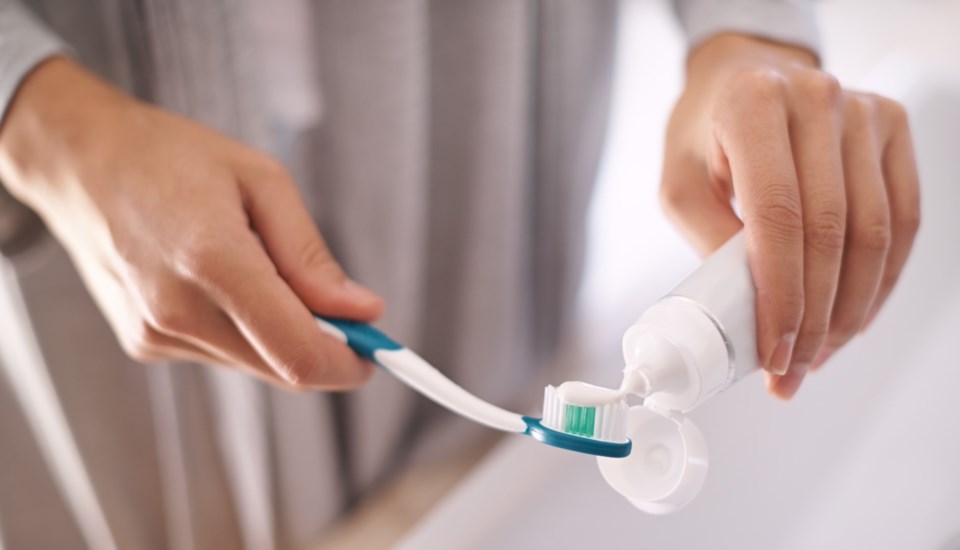Dr. Michael Suits and his colleagues were focused on a group of three different bacteria — commonly referred to as the “red complex” — as key contributors to infections and inflammation of the gums and bones that surround and support the teeth. With the CLS’s CMCF beamline, the team was able to examine the atomic details of a cluster of proteins from one of the bacteria that make up the red complex.
They found that the proteins encoded in the cluster contribute to the breakdown of long carbohydrate chains — one of the complex molecules that make up part of the ligaments that hold your teeth in place. This discovery could eventually lead to the development of new therapeutics that specifically target the bad bacteria in oral biofilms, which are the plaque that forms on your teeth. Biofilms are a mixture of carbohydrates, extracellular DNA, lipids, and proteins.
Suits says the space between your teeth and soft tissue is like a warehouse, and the bacteria are like the workers inside. The warehouse space gives the bacteria room and access to dismantle components of the building, or the periodontal ligaments.
Suits’ team produced a crystallized form of the target proteins. By examining them using crystallography and X-ray diffraction analysis, Suits was able to learn more about how the red complex supports itself and attacks tissues in the oral cavity.
“It (the CLS) provided us with a unique insight,” says Suits. “The level of detail we get from the synchrotron is unparalleled … It’s kind of glimpsing not under a microscope, but under a super-microscope, to really see what these proteins look like.”
There are still many questions about the red complex bacteria and how the member bacteria interact with each other and the environment, he added.
“There are a lot of unknowns in this system,” Suits said. “Understanding how these things come together is important, and filling in the blanks with what we don’t understand about what’s going on in the oral cavity is important.”
— Submitted by USask media relations




